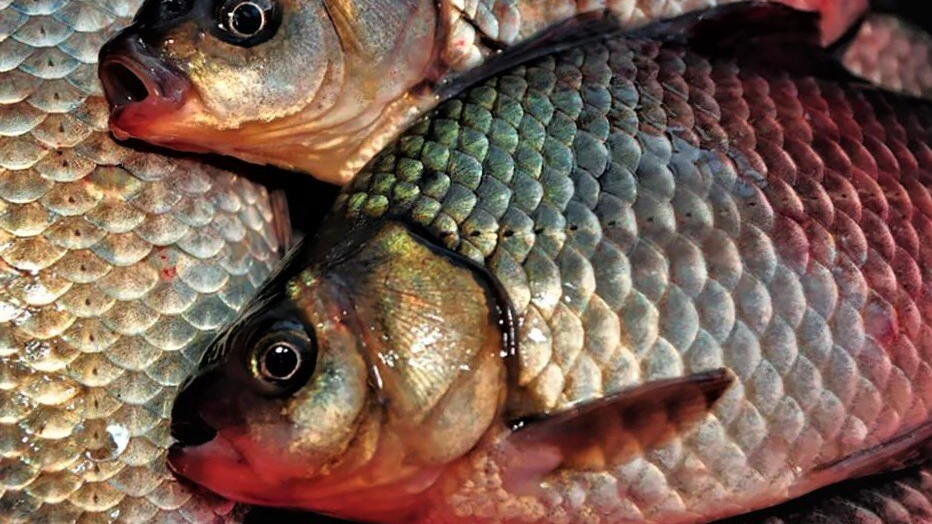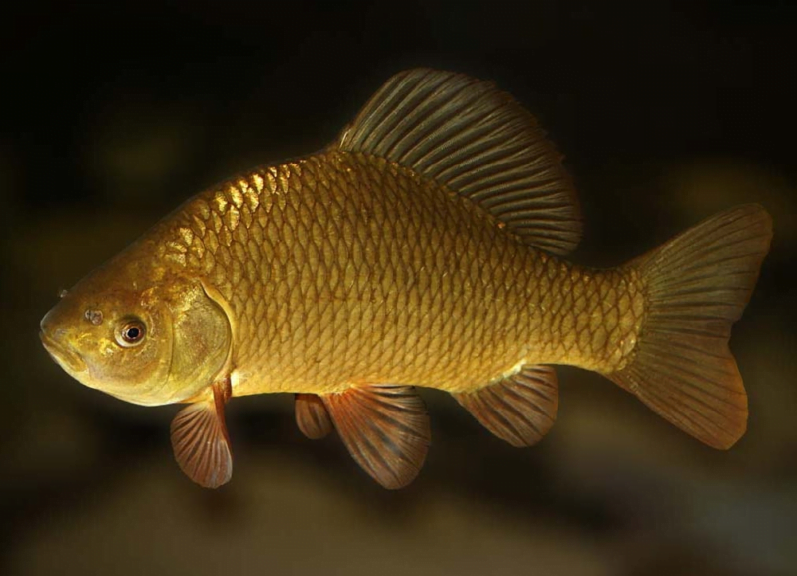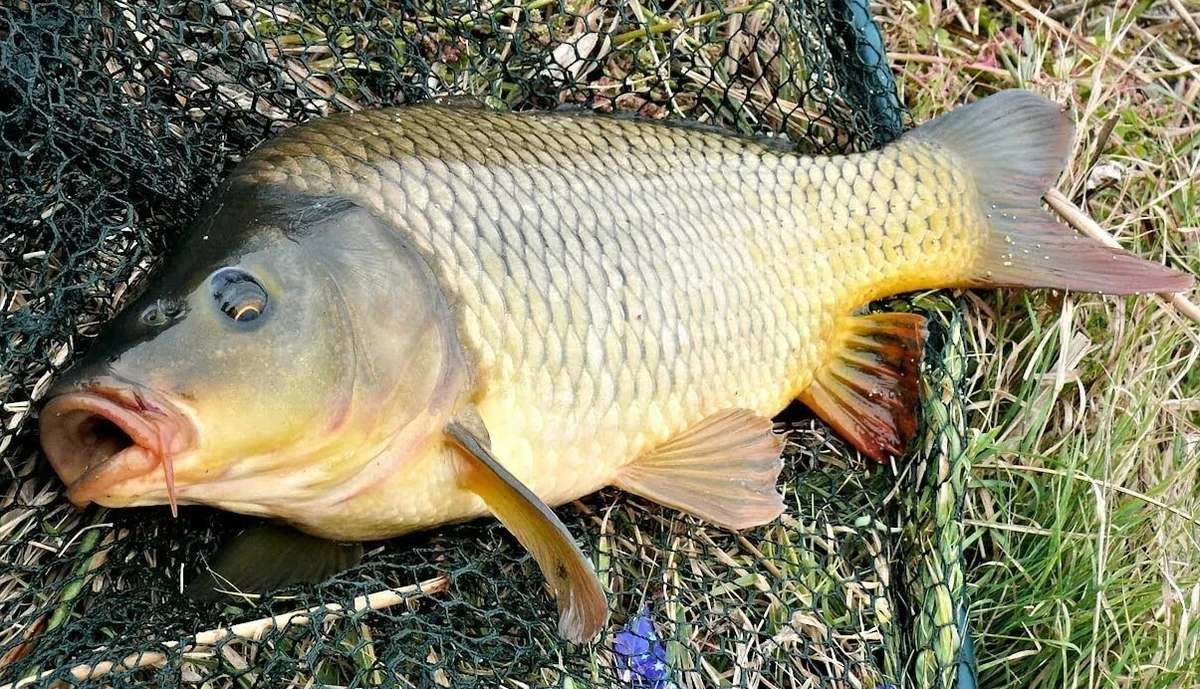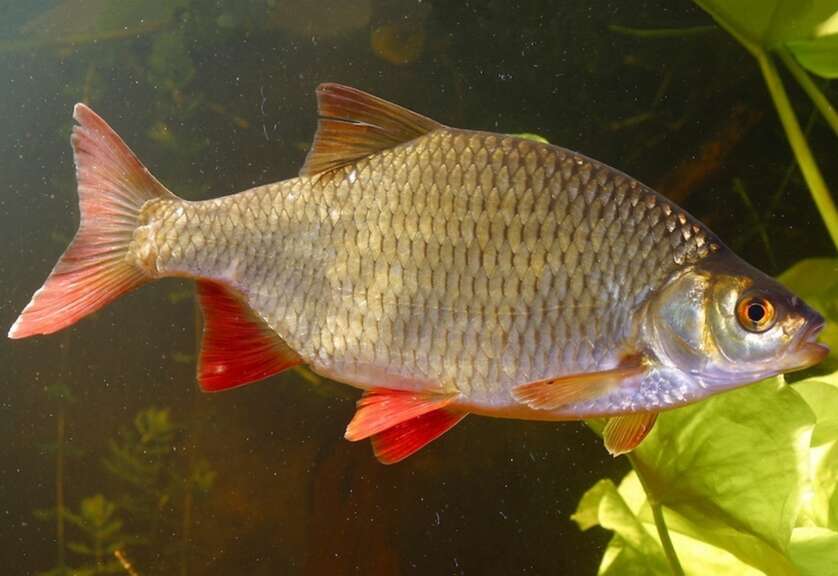Karos is a fish that can be found in almost all bodies of water where there is water. Carps survive in conditions where other fish species die. This is due to the fact that under such conditions, carp can bury themselves in silt and hibernate.
Karos appearance
Karos is a prominent representative of the wart family. Karos has a tall body, compressed from the sides. The dorsal fin is long, and the back itself is thick. The body is covered with relatively large scales. The color of the fish may vary depending on the living conditions.
There are 2 types of karos in nature: silver and gold. The most common species is the silver carp. There is another species - decorative, which was bred artificially and is known to many aquarists under the name "goldfish".

Subspecies
Golden body
Golden or, as they are also called, common carp live in the same reservoirs as silver, but are much less common. First of all, the golden carousel is distinguished by the color of its scales, which have a golden hue. Golden karos are not impressive in size. They also differ in that all fins are dark brown.

Silver body
The silver carp differs in appearance from the golden carp not only in the color of the scales, but also in the proportions of the body. Moreover, such differences are highly dependent on habitat. When viewed from the side, the silver carousel has a somewhat pointed nose, while the gold carousel is almost round. A distinctive feature is the shape of the dorsal and anal fins. The first ray of these fins looks like a hard point and is quite sharp. The remaining rays are soft.

Karos way of life
Karos is a fish that lives in almost all water bodies on all continents, although it originally lived in the basin of the Amur River. The karos spread quickly enough, not without human intervention, to other European water bodies. The spread of the Karos continues to this day, as they begin to settle in the waters of India and North America and other regions. Unfortunately, the number of common koros (golden koros) is declining dramatically as this species is being replaced by the silver koros.
Karos live in any reservoir, both in stagnant water and in rivers. At the same time, he chooses water areas with a soft bottom and abundant aquatic vegetation for his life. Carps are caught in various deposits, as well as in river inlets, canals, ponds, flooded quarries, etc. The crucian carp is a fish that does not require oxygen concentration in the water, so it lives in waters that can freeze to the bottom in winter.
The common karos (golden) grows up to half a meter in length and gains about 3 kg in weight. The silver carp is more modest in size: it grows up to 40 cm in length and weighs no more than 2 kg.
When does caros reproduce
Spawning of crucian carp begins in mid-May or early June, depending on the habitat. It is not uncommon to observe fish mating near the shore already in mid-May. During this period, the crucian carp is not interested in food, although active baiting is still observed during the first couple of days after the start of mating.
After spawning, crucian carp eggs are actively eaten by green frogs and newts that live in the same conditions as carp. When the fry hatch from the remaining eggs, they become prey for predators.




